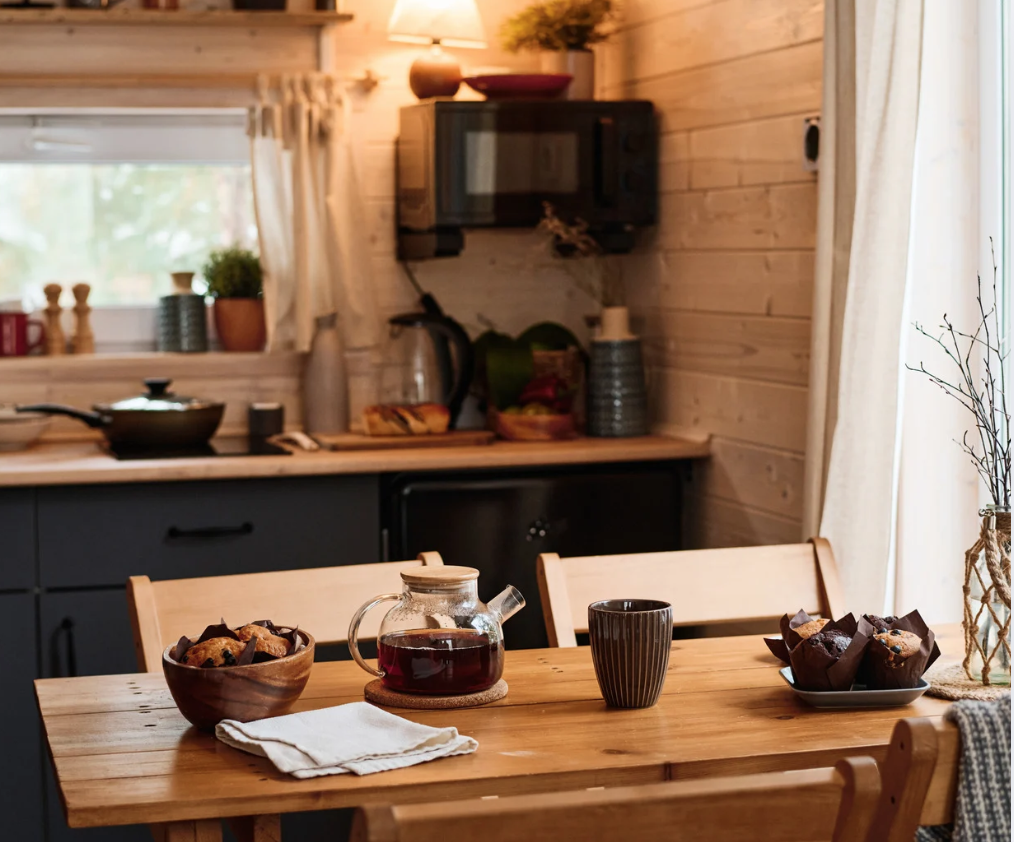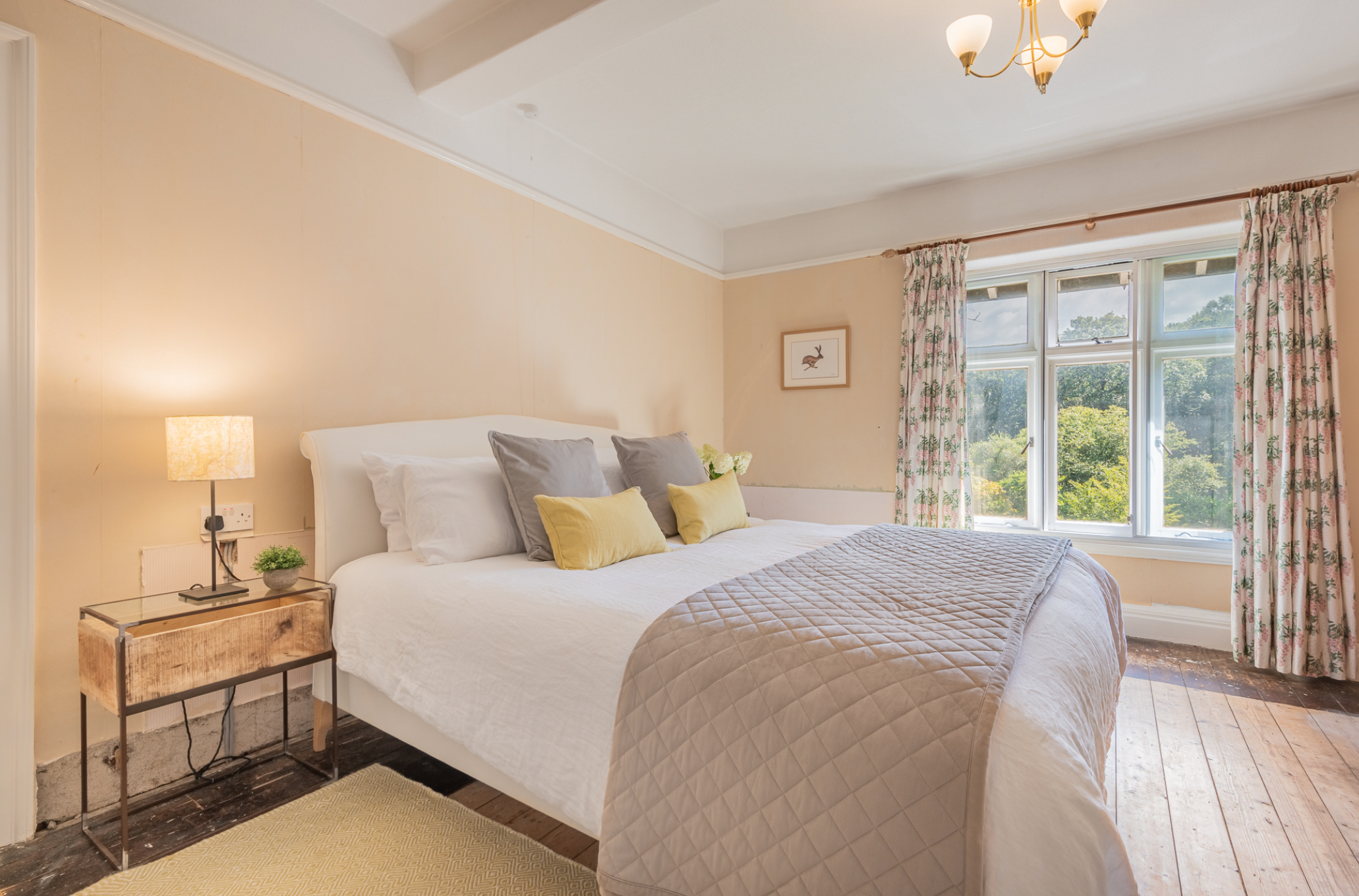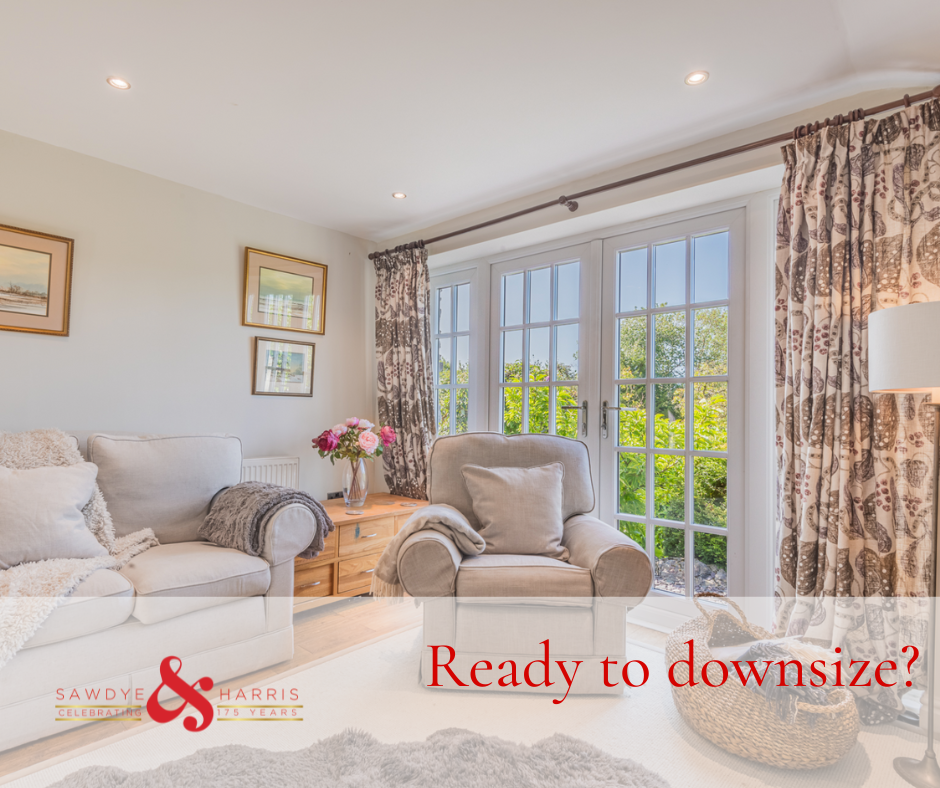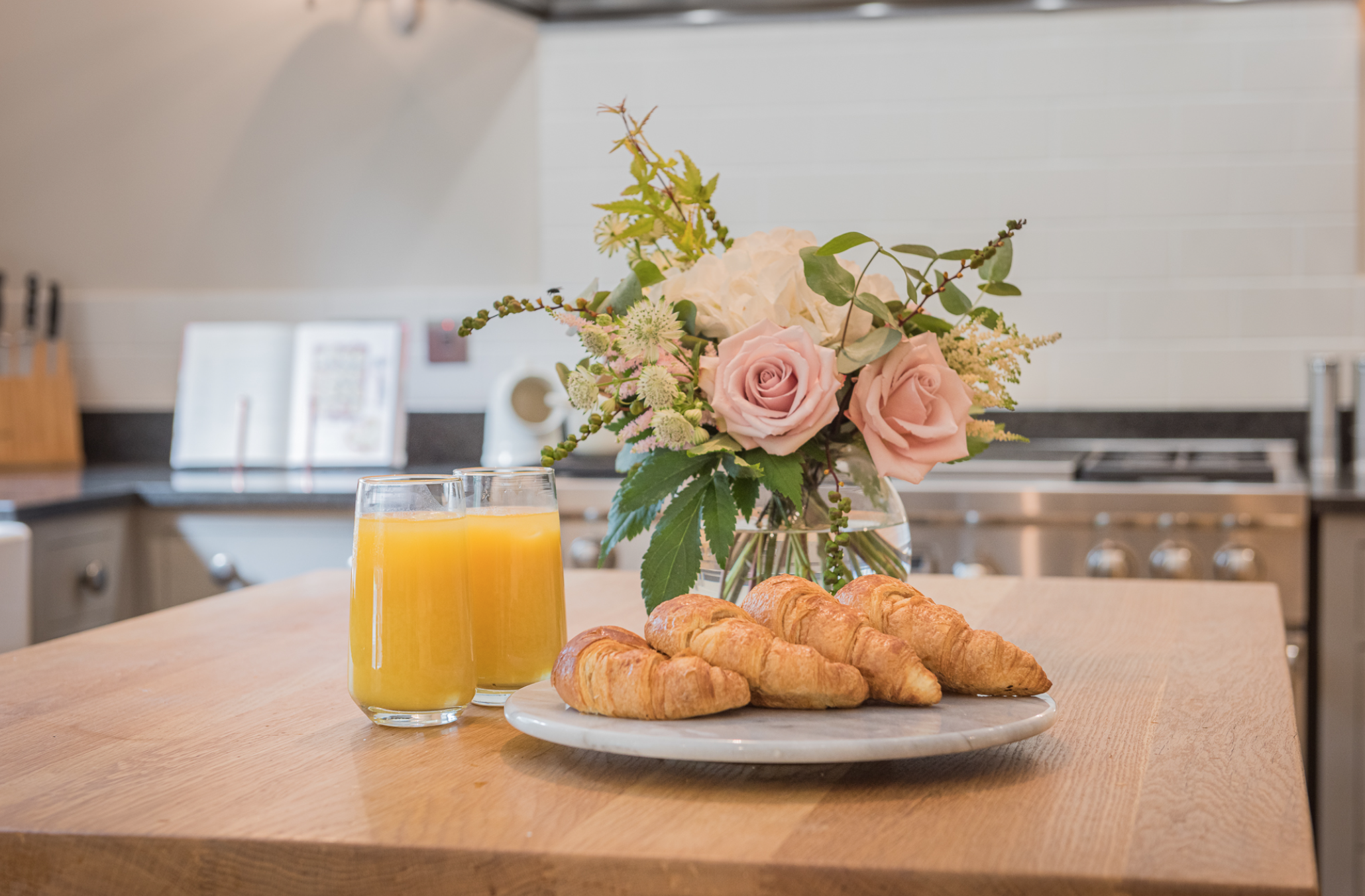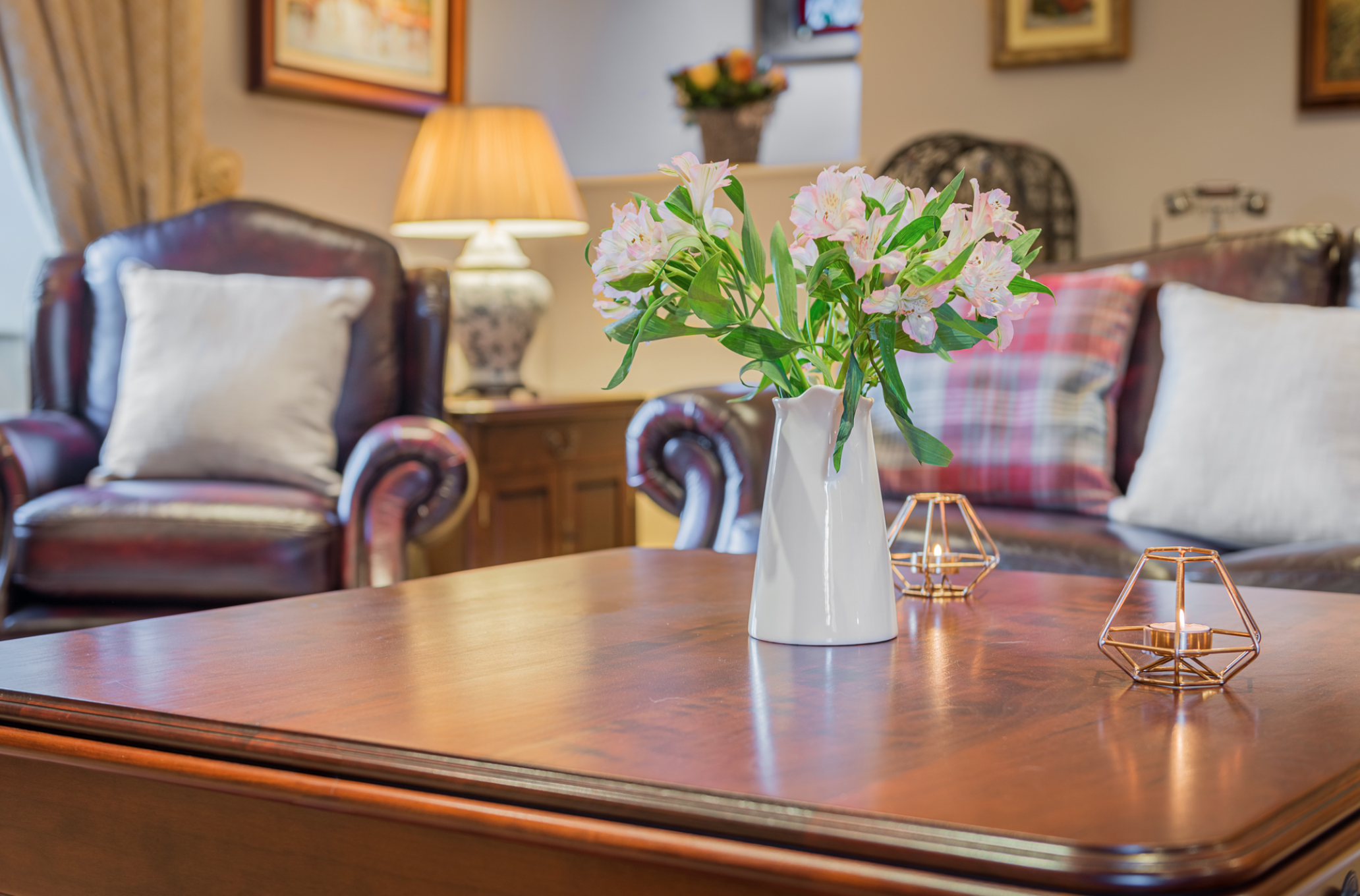At our agency, we know that selling a home is never just about bricks and mortar, especially when it comes to premium property marketing for owners of unique, high-value homes. Winter may bring shorter days and cooler air, but with the right approach, it also presents a golden opportunity to make your luxury property truly stand out.
Over the years, we’ve helped many clients achieve exceptional results, even during the quieter months. The secret lies in presentation, timing, and a few well-chosen touches that create an emotional connection from the moment a buyer steps through the door. Here, we share our seven essential tips to help you attract serious buyers and achieve the best possible result for your bespoke home selling journey.
1. Create a Warm and Inviting Welcome
First impressions matter, and never more so than when selling a luxury property. Imagine arriving at a grand home on a crisp day, greeted by a freshly painted front door, polished brassware, and softly illuminated entrance lanterns. These subtle touches send a clear message: this is a home that has been cherished.
Inside, warmth is key. Switch on the heating well ahead of viewings, light the fire if you have one, and use layered lighting to create a gentle, golden glow. The scent of freshly brewed coffee or a burning wood-fire can be surprisingly powerful in helping buyers imagine themselves settling in. A cosy, welcoming atmosphere turns a viewing into an experience, not just a tour.
2. Let the Light Shine In
With shorter daylight hours, light becomes one of your home’s greatest assets. Open curtains wide, remove heavy drapes, and let as much natural light in as possible. Clean the windows thoroughly, inside and out, to make the most of any winter sunshine.
Artificial lighting can also play a role in setting the mood. Choose bulbs that emit a warm tone and use table lamps or uplighters to highlight key architectural features. Even mirrors can help amplify available light, giving rooms a brighter, more spacious feel. A well-lit home instantly feels more inviting, making this a simple but powerful part of your tailored marketing strategy.
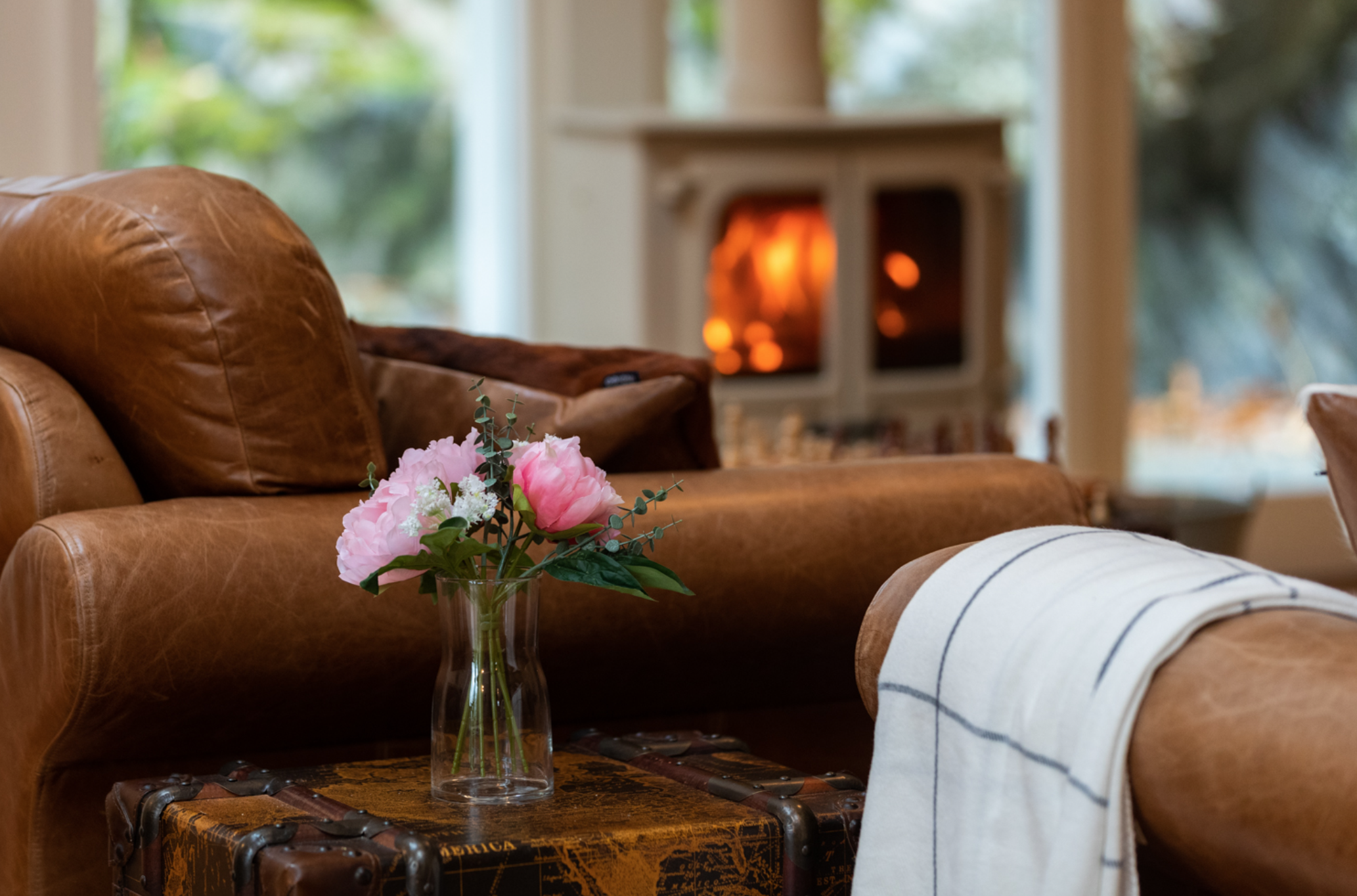
3. Invest in Professional Photography and Virtual Tours
In the world of luxury estate agents, presentation is everything. High-quality professional photography is non-negotiable. Striking images capture the essence of your home and draw buyers in before they even visit.
At our agency, we also recommend virtual tours for every premium listing. They allow potential buyers to explore your property from anywhere in the world, at any time of day. This is especially valuable for off-market property sales and discreet property sales, where privacy and exclusivity are priorities.
The right imagery tells a story and positions your home exactly where it deserves to be: among the most desirable exclusive property listings on the market.
4. Highlight Winter-Ready Features
Buyers are reassured by homes that feel ready for all seasons. If your property has underfloor heating, double glazing, or a newly serviced boiler, make sure these details are showcased. Small things, like a flickering stove or a well-insulated garden room, speak volumes about comfort and care.
Think about how you present your living spaces too. Arrange furniture to highlight social and relaxation areas. A snug seating area by the fire, or a well-lit conservatory with views over a frosty garden, tells a story of year-round enjoyment. The goal is to help potential buyers imagine themselves living their best life there, regardless of the weather outside.
5. Craft a Story-Driven Property Description
Every home has a story. The challenge is telling it well. A simple list of features doesn’t do justice to a distinctive property. Instead, use evocative, sophisticated language to paint a picture of life within those walls.
We often write descriptions that focus on moments. Morning light spilling through bay windows. Family gatherings around a dining table. The view from the terrace as dusk falls over the hills. These small details evoke emotion, and emotion sells homes.
This approach lies at the heart of bespoke home selling. It’s not about exaggeration,but about helping buyers connect emotionally with a property. That’s what truly sets apart a premium home from everything else on the market.

6. Tailor Your Marketing Strategy for Exclusive Buyers
When it comes to high-end property sales, one size never fits all. Every home has its own personality, and every seller their own priorities. Some prefer complete discretion, while others want a strong public launch. The key is to create a tailored marketing strategy that fits both the property and the person behind it.
For some of our clients, that means off-market property sales shared only with a select database of qualified buyers. For others, it’s about polished premium property marketing with professional photography, video storytelling, and targeted online promotion.
Either way, we work to ensure your home reaches the right audience at the right time. Our negotiation expertise and understanding of the luxury market mean we know how to position your home for maximum impact while protecting your privacy and peace of mind.
7. Prepare for Every Viewing, Every Time
Even with the best marketing, the viewing itself is where a sale begins to take shape. Presentation is crucial, so keep your home spotless and ready to impress.
Fresh flowers in the hallway, soft background music, and lightly scented candles create an atmosphere that feels both elegant and effortless. Avoid clutter, keep surfaces clear, and pay attention to details like polished taps and freshly laundered linens.
And don’t forget your outdoor spaces. Even in cooler weather, a tidy garden or neatly arranged terrace tells buyers that the home is well cared for. Simple touches such as trimmed hedges, clear pathways, and a few evergreens in planters can make all the difference.
Bringing It All Together
Selling your home during the cooler months can feel like a challenge, but it’s also a wonderful opportunity to present your property at its most atmospheric. Buyers looking at this time of year tend to be serious, motivated, and ready to move.
With the right preparation and presentation, your home can stand out beautifully against the backdrop of the season. It’s about creating warmth, light, and connection – and those are timeless qualities that never go out of style.
If you’re thinking about selling your luxury home and would like some expert property advice, we’d love to help. Whether you’re considering an off-market property sale, exploring discreet marketing options, or simply want an honest property valuation to start with, our team can guide you through every step.
Because selling a home like yours deserves more than a standard approach. It deserves attention, expertise, and care – every step of the way.



